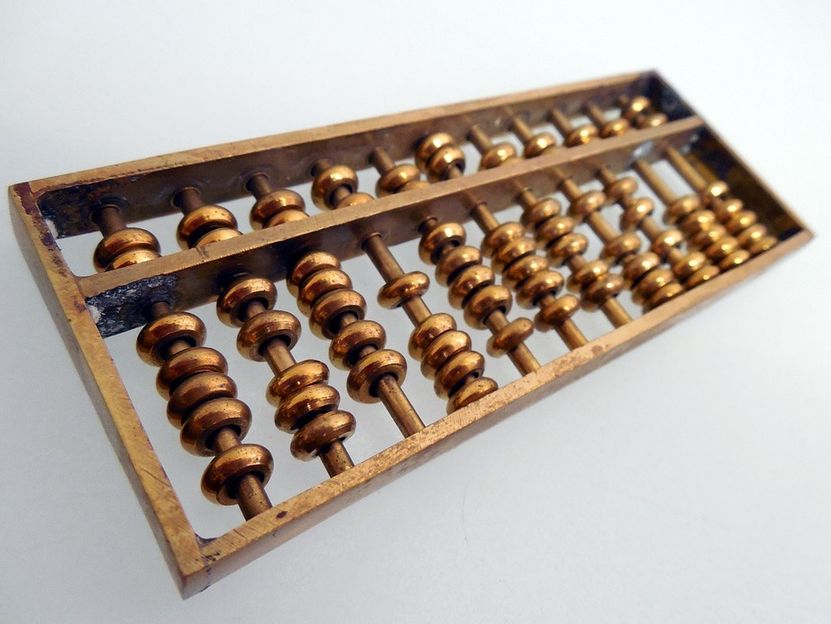Nanoscale 'abacus' - Pulses of light instead of wooden beads to perform calculations
The quest to develop ever-faster and more powerful computers has led to one of the most rudimentary methods of counting being given a 21st century make-over.

succo; pixabay.com; CC0
An international team of researchers, including Professor C. David Wright from the University of Exeter, have developed a nanoscale optical 'abacus' - which uses light signals to perform arithmetic computations.
The innovative device works by counting pulses of light - much in the same way beads are used to count when using a conventional abacus - before storing the data.
This pioneering new technique could pave the way to new, more powerful computers that combine computing and storage functions in one element - a move away from conventional computers that treat these two functions as separate.
Prof. C David Wright, an expert in electronic engineering and co-author of the study said: "This device is able carry out all the basic functions you'd associate with the traditional abacus - addition, subtraction, multiplication and division - what's more it can do this using picosecond light pulses".
Lead author of the study, Professor Wolfram Pernice from the Institute of Physics at Münster University in Germany added: "In the article we describe for the first time the realization of an abacus which operates in a purely optical way. Rather than wooden beads as found on traditional abacuses, our innovative device calculates with pulses of light - and simultaneously stores the result."
The team's optical abacus, which is so small it's essentially invisible to the naked eye, is installed on a photonic microchip that can be easily manufactured.
So far, the researchers have succeeded in calculating with two-digit numbers using two photonic phase-change cells, but the extension to large multi-digit numbers simply involves the use of more cells.
"Computing with light - and not with electrons, as is the case with traditional computers - means that we can develop much faster systems which can be connected using integrated optical waveguides." adds co-author Prof. Harish Bhaskaran from the University of Oxford.
Original publication
Other news from the department science

Get the chemical industry in your inbox
By submitting this form you agree that LUMITOS AG will send you the newsletter(s) selected above by email. Your data will not be passed on to third parties. Your data will be stored and processed in accordance with our data protection regulations. LUMITOS may contact you by email for the purpose of advertising or market and opinion surveys. You can revoke your consent at any time without giving reasons to LUMITOS AG, Ernst-Augustin-Str. 2, 12489 Berlin, Germany or by e-mail at revoke@lumitos.com with effect for the future. In addition, each email contains a link to unsubscribe from the corresponding newsletter.




























































